Anti-inflammatory Acupuncture
Acupuncture reduces inflammation and researchers have discovered how it works. In a laboratory controlled scientific investigation, a key biological marker has been identified, quantified, and directly correlated with the application of acupuncture. Acupuncture successfully downregulates a proinflammatory biochemical (tumor necrosis factor alpha), which results in anti-inflammatory responses. In addition, the researchers have mapped the neural pathways by which acupuncture signaling stimulates anti-inflammatory effects. Researchers in Korea have identified a mechanism by which acupuncture stimulation at the acupoint ST36 (Zusanli) has an anti-inflammatory effect. By downregulating tumor necrosis factor alpha (TNF-α), acupuncture relieves systemic inflammation. By testing the effects that...
Read More
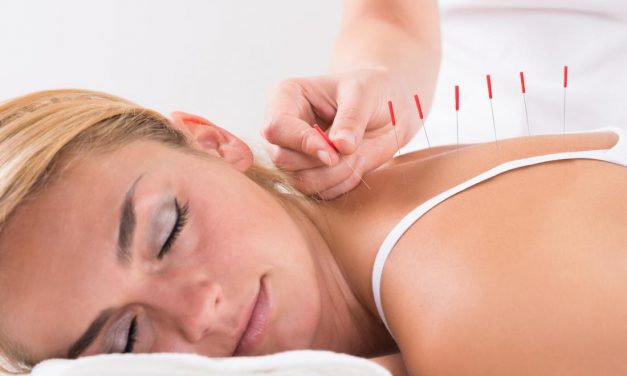
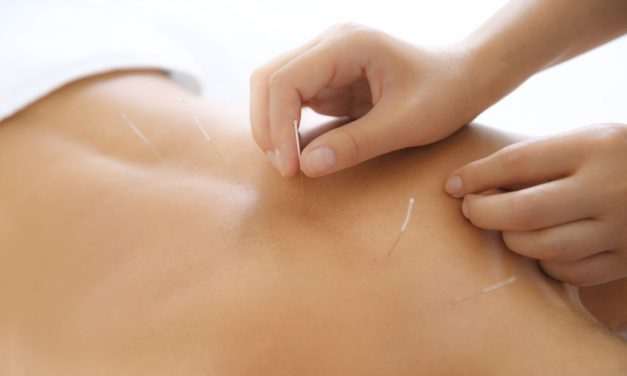
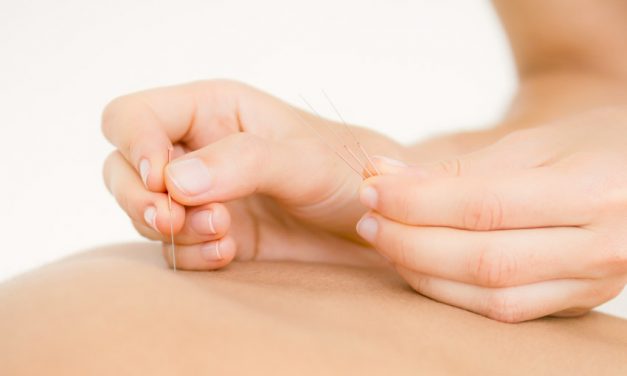
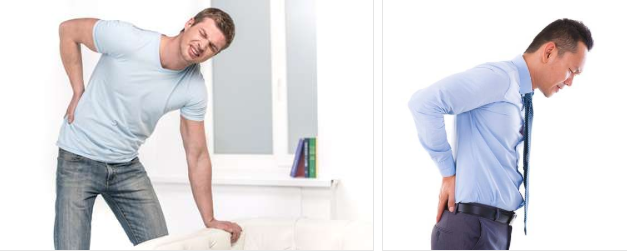
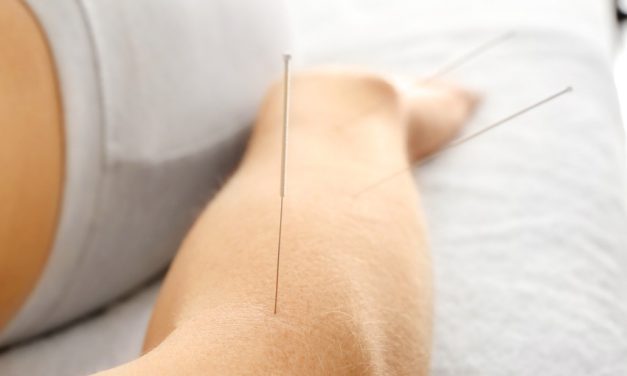
Recent Comments